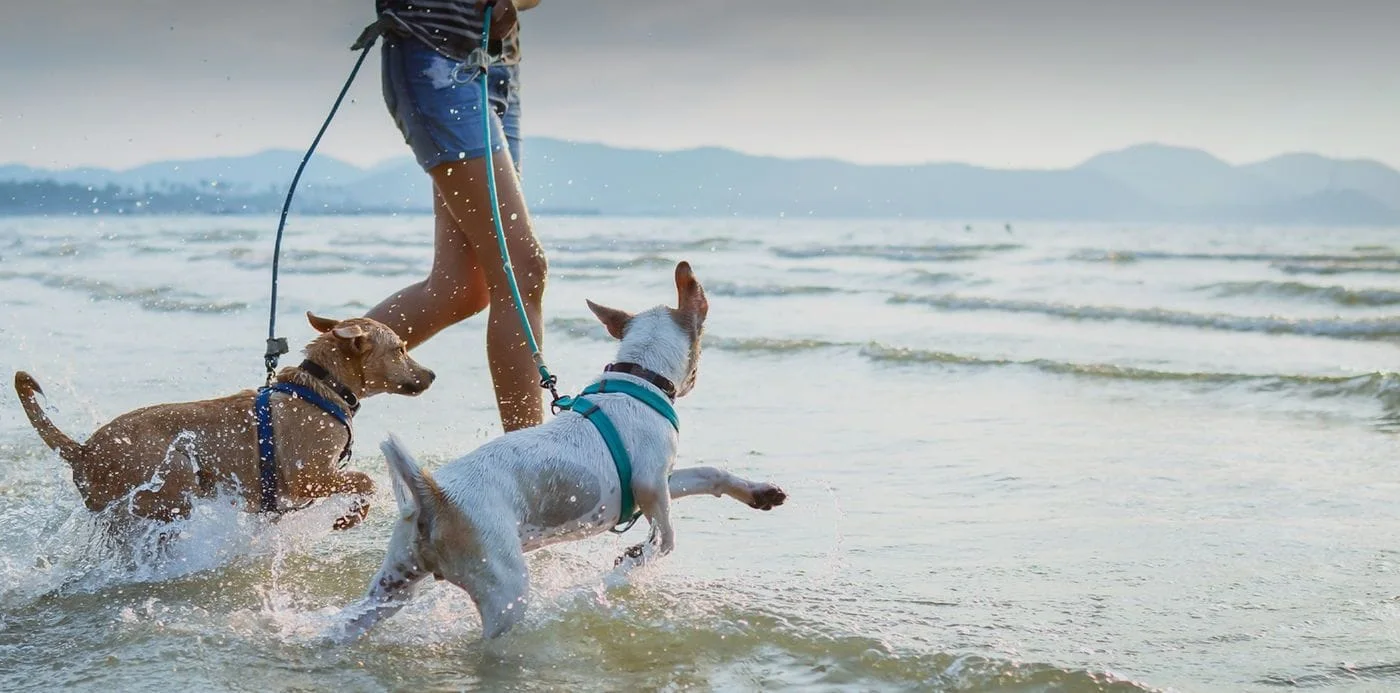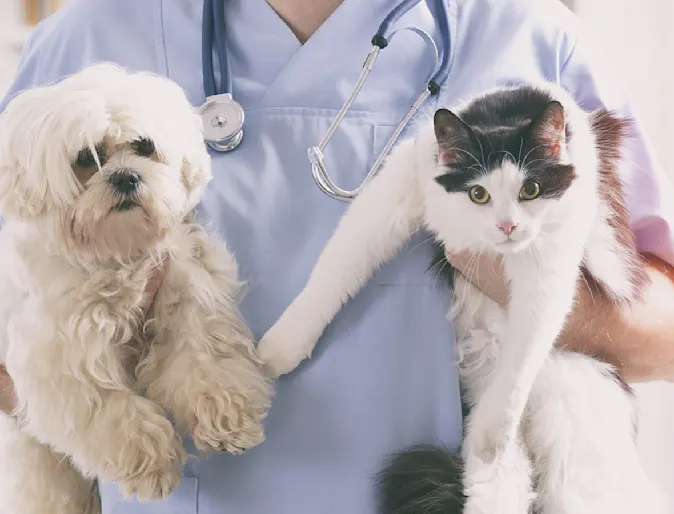Everything About Vet Surgical Treatment: Recognizing the Relevance of Specialist Treatment for Your Family pets
Vet surgery is a vital part of family pet health care. It incorporates different treatments, from regular elective surgeries to immediate treatments. Recognizing the intricacies of these surgical procedures can help pet proprietors make educated decisions. The preparation, execution, and recuperation stages are vital for ensuring the well-being of pets. With proper expertise, owners can navigate the complexities of veterinary care. What elements should be thought about before an animal undergoes surgical procedure?
Kinds Of Veterinarian Surgeries
When an animal calls for surgical intervention, comprehending the different types of veterinarian surgical procedures can aid pet owners make educated choices. Vet surgical treatments can be broadly classified into three primary types: optional, immediate, and emergency surgeries. Elective surgical procedures, such as spaying or neutering, are prepared procedures that are not instantly deadly. Urgent surgical treatments, like those for international body removal, must be performed soon however are not life-threatening in the minute. Emergency surgical procedures, such as those addressing extreme trauma or inner blood loss, are vital and need instant attention.Additionally, surgeries can differ in complexity, ranging from minimally invasive laparoscopic procedures to a lot more substantial open surgeries. Each type of surgical treatment brings its own threats and recovery processes. Recognizing these groups permits pet owners to engage in purposeful discussions with vets, causing better results for their precious animals.
Planning for Your Pet's Surgical procedure
Getting ready for a family pet's surgical treatment includes an extensive checklist to ensure all fundamentals are covered. Effective communication with the vet is essential for recognizing the treatment and any kind of necessary pre-operative steps - canine tplo surgery. Furthermore, having clear post-operative care guidelines will certainly aid owners give the most effective support for their recouping animals
Pre-Surgery Checklist Essentials
Guaranteeing a smooth medical experience for a family pet requires mindful preparation and interest to detail. A pre-surgery list is crucial for pet owners to adhere to. Validating the arranged surgery date and time is important. Proprietors ought to likewise verify that their pet dog has not eaten according to the vet's directions, commonly for 8-12 hours before surgery. Gathering necessary clinical documents, consisting of vaccination background, is necessary for the vet's testimonial. It is likewise recommended to prepare a comfy area in your home for the pet's recuperation after surgical treatment. Finally, owners must have a strategy for transportation to and from the veterinary center, seeing to it that the animal is secure and comfy throughout the journey. Adhering to these steps can substantially improve the medical experience.
Interacting With Your Veterinarian

Reliable communication with the vet is vital for an effective medical experience for pet dogs. Owners should be prepared to review their pet dog's case history, consisting of any type of pre-existing conditions, medications, and allergies. This info assists the vet analyze dangers and tailor the surgical strategy as necessary. Furthermore, animal owners ought to ask questions regarding the treatment, anesthesia, and expected end results to guarantee they totally recognize the process. Clarifying any questions can ease anxiousness for both the pet and the proprietor. It is likewise crucial to interact any behavioral modifications or problems observed in the pet leading up to the surgical procedure. Ultimately, clear dialogue fosters trust and collaboration, making sure that animals obtain the very best possible treatment throughout their surgical journey.
Post-Operative Treatment Directions
After going over the procedure with the vet, animal owners ought to concentrate on post-operative care instructions to help with a smooth recuperation for their pets. These guidelines typically consist of keeping track of the surgical site for indicators of infection, such as redness or discharge. Animals might need to be maintained calm and restricted to avoid extreme movement that could interfere with recovery. Pain monitoring is vital, so proprietors ought to adhere to the vet's advice on providing medications. Additionally, dietary limitations might be suggested to prevent stomach distress. Normal follow-up visits are crucial to ensure appropriate recovery and resolve any type of issues. By sticking to these post-operative treatment directions, pet owners can greatly add to their animal's recuperation and total health.
The Surgery Explained
The surgery for pets incorporates essential actions that assure their safety and security and recuperation. Pre-surgery prep work are crucial for decreasing dangers, while post-operative treatment guidelines play an essential role in promoting recovery. Comprehending these elements helps pet owners browse the medical experience better.
Pre-Surgery Preparations
Prior to a family pet undertakes surgery, a number of crucial preparations need to take place to ensure a secure and successful procedure. A comprehensive vet assessment is necessary to assess the pet's general health and wellness and identify any prospective threats. This may consist of blood examinations, imaging, or other diagnostics. The vet will also review anesthesia options tailored to the pet dog's certain requirements. In addition, family pet owners are usually advised to keep food and water for a specified time before surgical treatment to lessen the threat of issues during anesthetic. It is necessary for owners to offer a total clinical background, including any medications or allergic reactions, making sure the medical group has all required information. Proper communication and adherence to pre-surgery standards can substantially improve the result of the treatment.
Post-Operative Care Standards
Appropriate post-operative care is vital for guaranteeing a pet's recuperation following surgical treatment. After the procedure, animals must be kept track of carefully for any type of indicators of difficulties, such as excessive bleeding, swelling, or unusual habits. It is essential to comply with the vet's directions pertaining to medications, consisting of pain relievers and antibiotics. Animals must be kept in a quiet, comfy atmosphere to reduce anxiety and advertise recovery. Restricting activity is important; short, leashed strolls may be needed, but jumping or running need to be prevented. Regular follow-up visits ought to be set up to analyze the recovery process. Additionally, the medical website needs to be kept tidy and completely dry, with any kind of signs of infection reported to a vet quickly. Adhering to these guidelines boosts healing outcomes.
Anesthetic and Pain Administration
Effective anesthetic and discomfort management are important components of vet surgical procedure, guaranteeing that family pets remain comfy and safe throughout the treatment. Veterinarians assess each pet dog's specific requirements, considering variables such as age, weight, health status, and the kind of surgery being performed.Anesthesia protocols normally consist of a combination of pre-anesthetic medications, induction agents, and inhalant anesthetics, enabling for precise control over the pet's degree of consciousness. Tracking during surgery is critical; vets continually observe crucial indicators to address any prospective complications promptly.Pain administration approaches might involve opioids, non-steroidal anti-inflammatory drugs (NSAIDs), and anesthetics, customized to the pet's certain situation. This multifaceted strategy helps reduce pain and advertises a smoother surgical experience. By prioritizing effective anesthesia and discomfort management, vet specialists enhance the general well-being of pets going through surgeries, guaranteeing they obtain the highest standard of care.
Post-Operative Treatment and Recuperation
Following surgical procedure, the emphasis moves to post-operative treatment and healing, which is crucial for making sure a pet dog's risk-free return to regular activities. Throughout this period, family pets require a peaceful, comfortable environment to aid recovery. Proprietors must closely monitor their animals for any signs of discomfort or unusual behavior.Veterinary guidelines frequently include details instructions associated with medicine administration, wound care, and nutritional changes. It is important to adhere to these recommendations to minimize difficulties and advertise recovery. Pet dogs might require to be limited from strenuous tasks, such as running or jumping, throughout check here their healing period (emergency vet near me).Regular follow-up consultations with the vet permit monitoring of the pet's progression and prompt changes to the care plan. Supplying emotional support and friendship can also boost a pet dog's healing experience, aiding to relieve tension and anxiousness. Overall, diligent post-operative care plays a considerable duty in achieving a successful recuperation
Identifying Complications After Surgical Procedure
How can animal owners determine problems after surgical procedure? Awareness of certain indications is crucial for ensuring the health of pet dogs during recovery. Common signs consist of excessive swelling, inflammation, or discharge at the surgical site, which might signify infection. Furthermore, persistent discomfort, shown by whimpering or reluctance to relocate, need to prompt immediate focus. Changes in appetite or water intake can also suggest complications; a reduction in these actions might signify discomfort or distress.Moreover, pet dog proprietors should check their family pets for any type of unusual actions, such as sleepiness or trouble breathing, as these can be indicators of significant concerns. Vomiting or diarrhea complying with surgery might require urgent veterinary examination. Identifying these complications early can significantly influence a pet dog's recuperation process, highlighting the significance of alertness and timely communication with a vet for any worrying signs and symptoms.
The Function of Vet Specialists in Surgical Treatment
Vet specialists play an important role in making sure the safety and security and success of surgeries for pets, particularly complying with surgical procedure when keeping an eye on and care are critical. These experts include veterinarians, vet technicians, and support team, every one of whom add specialized skills to the surgical process.Before surgical treatment, vets perform comprehensive analyses to analyze the animal's health, guaranteeing that any type of hidden problems are taken care of. During the treatment, the medical team gives anesthetic, keeps clean and sterile settings, and monitors key signs, all essential for lessening risks.Post-operative treatment is similarly substantial; veterinary specialists observe for difficulties, take care of pain, and overview owners on recuperation methods. Their know-how allows them to acknowledge early signs of distress or infection, guaranteeing timely treatment. Eventually, the collaborative efforts of vet professionals in medical treatment promote a secure environment, advertising the well-being of pets throughout the medical journey.

Often Asked Inquiries
How Do I Pick the Right Veterinary Doctor for My Pet?
Selecting the best veterinary cosmetic surgeon involves looking into credentials, reviewing testimonials, and examining the facility's environment. It is necessary to review the cosmetic surgeon's experience with particular procedures and their interaction style when making a choice.
What Are Common Misconceptions Regarding Vet Surgeries?
Usual false impressions about vet surgeries consist of beliefs that they are constantly high-risk, unnecessary, or for emergencies. Numerous family pet proprietors underestimate the benefits of preventative procedures and the ability included in vet medical care.
Just How Much Will My Animal's Surgery Expense?
The price of a family pet's surgical treatment can vary substantially based on factors such as the type of procedure, the veterinarian's experience, and geographical location (tplo surgery for dogs). Commonly, costs vary from a couple of hundred to numerous thousand dollars

Can My Animal Consume Prior To Surgical Treatment?
Before surgical procedure, it is typically suggested that pets avoid from eating for a particular period. This fasting helps in reducing the threat of issues during anesthesia. Owners must consult their veterinarian for exact instructions customized to their pet dog's demands.
What happens if My Pet Dog Has Pre-Existing Health And Wellness Issues?
When a pet dog has pre-existing health and wellness problems, it's crucial for the veterinarian to assess these elements prior to surgery. This analysis warranties suitable precautions are taken, lessening dangers and enhancing the pet's total safety and security throughout the procedure.
Comments on “Post-Op Recovery Guide After Your Dog’s tplo surgery”